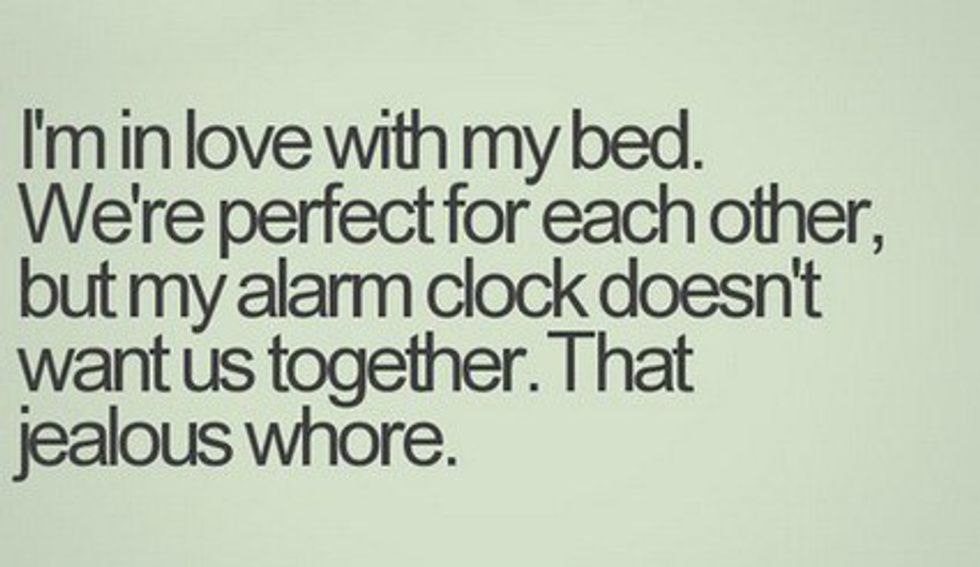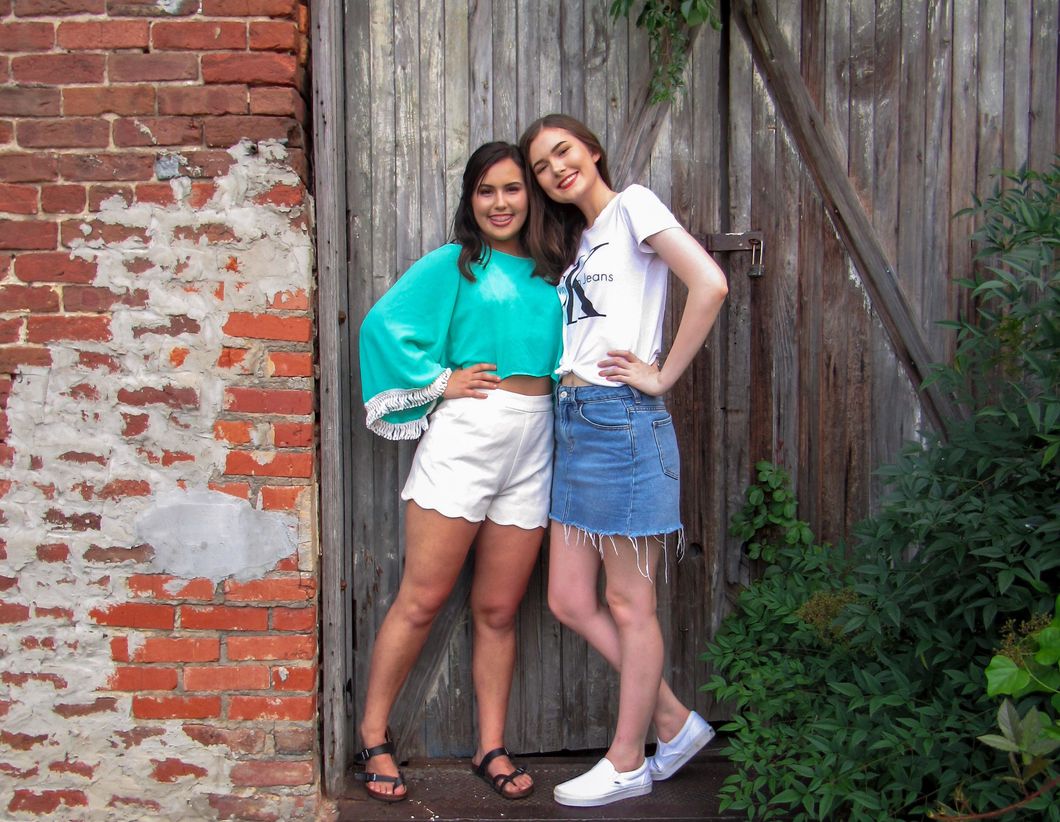When tackling the age-old question of what beauty and aesthetics actually mean, I found myself referring to my own heritage and thinking about the stereotypical standards of beauty, summed up in an article on Dawn.com, “Across Pakistan or more accurately, across the sub-continent there’s an obsession with fair skin and light features.” Unfortunately, this standard prevails across cultures, but we must understand its reach as we challenge it, especially if we want to do so in an effective manner.
The desire for fair skin is evident in demand for consumer products in the subcontinent, for example “Fair and Lovely,” a popular skin-lightening cream. In fact, in a book called “Fighting Poverty Together: Rethinking Strategies for Business, Governments, and Civil Society to Reduce Poverty,” Aneel Karnani cites Hindustan Unilever Limited’s research, which states that “90 percent of Indian women want to use [skin] whiteners.”
Bangladeshi blogger Anushay Hossain indicated in an interview that these standards are because of a “colonial hangover,” and Natasha Shevde, in her cultural case study, supports this comment by tracing “color-based divisions in Indian Society.” She indicates that they were initially perpetuated by the caste system and brings light to the idea that British rule “further fuelled the divisions associated with white and dark skin.”
I wanted to highlight in this article that this is not a standard limited to the subcontinent. Fair skin is a beauty standard that cultures all over the world struggle with. For example, an article on the Financial Times website provides examples of Asian cultural traditions “from the chalking of geishas’ faces in Japan, to the effects of Spanish colonization in the Philippines where dark and light skin continues to be polarized on the social scale – that reflect and reinforce the idea that the fairer the skin, the better.”
Similar to Shevde’s research, a historical cause for these stereotypes can be found for China. Anne Rose Kitagawa, the assistant curator of Japanese art at Harvard’s Sackler Museum, said in an article on GlobalPost.com, “The feminine ideal during the Han period for women of the court was almost unearthly white, white skin...You can see how a culture that maintained that as an early ideal might continue with an ideal that light skin equals beauty".
The cause cited for the desire for fair skin in the Philippines is more similar to that of the subcontinent. In this article on FilipiKnow.net, the desire to be fair is said to stem from Spanish invasion of the Philippines. “The colonizers brought with them the idea of skin color hierarchy. Dark skin was associated with poor laborers who had to work outside just to make ends meet,” while wealthier people did not need to “work under the hot sun.”
In the aforementioned article from the Financial Times, makeup artist Ruby Hammer discusses this thought process amongst a myriad of cultures. She is quoted to have said that “on the Indian subcontinent, irrespective of sex, anyone with fairer skin is perceived as better-looking, smarter and, in every way, superior,” but she does not stop here. She adds that “in the Far East as well, in Korea, Taiwan and Japan for example, the more porcelain, clear, and blemish-free the skin is, the more beautiful it is,” as well, cited from her own experiences working with people on their desired appearances.
When we address and combat strongly the idea that fair skin is superior, let us think about it as a worldwide problem, not limited to one country or one culture. Often, it is more nuanced than that and should be challenged as such.



















